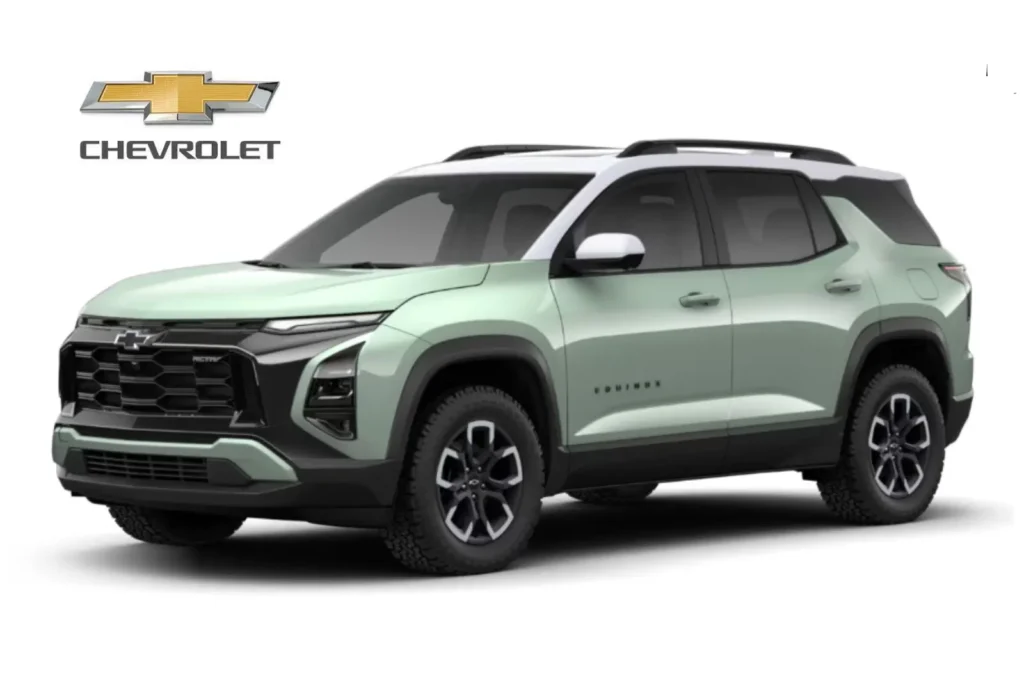Table of Contents
Saving money on car insurance is a goal for many drivers, as premiums can be a significant expense. Fortunately, there are several strategies you can use to reduce your costs without sacrificing coverage. Here’s a complete guide to help you save money on car insurance:
1. Shop Around and Compare Quotes
- Get Multiple Quotes: Rates vary significantly between insurers, so compare quotes from at least 3-5 companies.
- Use Online Comparison Tools: Websites like NerdWallet, The Zebra, or Insurify can help you compare rates quickly.
- Check Local Insurers: Smaller, regional insurers may offer better rates than national companies.
2. Bundle Your Policies
- Combine Auto and Home/Renters Insurance: Many insurers offer discounts if you bundle multiple policies.
- Insure Multiple Vehicles: If you have more than one car, insuring them with the same provider can save you money.
3. Maintain a Good Driving Record
- Avoid Accidents and Tickets: A clean driving record can qualify you for lower premiums.
- Take a Defensive Driving Course: Some insurers offer discounts if you complete an approved driving course.
4. Choose the Right Coverage
- Avoid Over-Insuring: If your car is older, consider dropping collision or comprehensive coverage if the cost exceeds the car’s value.
- Adjust Your Deductible: A higher deductible can lower your premium, but make sure you can afford the out-of-pocket cost if you need to file a claim.
5. Take Advantage of Discounts
- Good Student Discount: If you or a driver on your policy is a student with good grades, you may qualify for a discount.
- Low-Mileage Discount: If you don’t drive much, ask about pay-per-mile or low-mileage discounts.
- Safety Features Discount: Cars with anti-theft devices, airbags, or anti-lock brakes may qualify for discounts.
- Loyalty Discounts: Some insurers reward long-term customers with lower rates.
6. Improve Your Credit Score
- Maintain Good Credit: In most states, insurers use credit scores to determine premiums. Pay bills on time and reduce debt to improve your score.
- Check for Errors: Regularly review your credit report and dispute any inaccuracies.
7. Drive a Less Expensive Car
- Choose a Safe, Affordable Vehicle: Cars with high safety ratings and lower repair costs typically have cheaper insurance.
- Avoid High-Performance or Luxury Cars: These vehicles often come with higher premiums due to their repair costs and theft rates.
8. Ask About Group Insurance
- Employer or Alumni Discounts: Some insurers offer discounts through employers, professional organizations, or alumni associations.
- Membership-Based Discounts: Organizations like AAA or Costco may offer discounted rates to members.
9. Pay Your Premium in Full
- Avoid Monthly Fees: Some insurers charge extra fees for monthly payments. Paying your premium upfront can save you money.
10. Review Your Policy Annually
- Reassess Your Needs: Life changes (e.g., moving, buying a new car, or retiring) can affect your insurance needs and rates.
- Look for New Discounts: Insurers frequently update their discount offerings, so ask about new ways to save.
11. Consider Usage-Based Insurance
- Telematics Programs: Some insurers offer programs that track your driving habits (e.g., mileage, speed, braking) and reward safe driving with lower premiums.
12. Maintain Continuous Coverage
- Avoid Gaps in Coverage: Lapses in insurance can lead to higher rates when you reinstate coverage.
13. Ask About Affinity Discounts
- Membership-Based Savings: Some insurers offer discounts to members of certain groups, such as the military, teachers, or first responders.
14. Drive Less
- Carpool or Use Public Transit: Reducing your annual mileage can lower your premiums.
- Work From Home: If you no longer commute, inform your insurer to adjust your rate.
15. Consider Dropping Unnecessary Add-Ons
- Evaluate Extras: Roadside assistance, rental car coverage, or glass protection may not be worth the cost if you rarely use them.
16. Negotiate with Your Insurer
- Ask for a Better Rate: If you’ve been a loyal customer, your insurer may be willing to lower your premium to keep your business.
- Mention Competitor Quotes: Use lower quotes from other companies as leverage during negotiations.
17. Monitor Your Claims
- Avoid Small Claims: Filing multiple small claims can increase your premiums. Consider paying out-of-pocket for minor repairs.
18. Consider State Minimum Coverage (If Appropriate)
- Evaluate Your Needs: If you have an older car and limited assets, state minimum coverage may be sufficient. However, this is risky if you’re at fault in a major accident.
19. Take Advantage of Seasonal Promotions
- Look for Special Offers: Some insurers run promotions or discounts during certain times of the year.
20. Work with an Independent Agent
- Get Personalized Advice: An independent agent can help you find the best rates and coverage options tailored to your needs.
By implementing these strategies, you can significantly reduce your car insurance costs while maintaining the coverage you need. Always review your policy carefully and ask questions to ensure you’re getting the best deal.
Related Articles
- Maruti’s First EV Car – EVX (e-Vitara): A Game-Changer in India’s Electric Vehicle Market
- Tata Nexon: The Game-Changer in the Compact SUV Segment (2025)
- Toyota Raize: The Compact SUV That’s Redefining Urban Driving
- Honda Shine 100 vs Honda Shine 125: Which One Should You Choose?
- TVS Ronin: The Ultimate Urban Roadster Redefining Modern Motorcycling
- Yamaha RX 100: The Legendary Bike That Redefined Indian Roads
- The New Tata Safari: A Perfect Blend of Heritage and Modernity
- New Mahindra Bolero: Redefining Toughness and Reliability in 2025
- Honda Activa 7G: Revolutionizing the Scooter Industry (2025)
- Bajaj Platina 110: The Ultimate Commuter Bike for Indian Roads (2025)
- Tata Sumo: A Legend of Indian Roads (2025)
- Hero Splendor Plus: The Ultimate Guide to India’s Most Loved Bike (2025)
- New TVS Jupiter: The Perfect Blend of Performance and Style (2025)
- Kia Syros: A Comprehensive Guide to Kia’s Latest SensationKia Syros
- Tata Sierra: A Comprehensive Review of the Iconic SUV (2025)
- Hero Xoom 160: A Complete Review, Features, and Performance (2025)
- Kawasaki Ninja 500: Ultimate Review, Features, and Performance (2025)
- Best Tyre Brands in India (2024)
- Best EV Cars in India (2024)
- Best Electric Bike in India (2024)
- Best Electric Bicycles in India (2024)
- Best Gear Cycle Under 10000: A Comprehensive Guide
- KTM Duke 250: The Perfect Balance of Power and Precision












